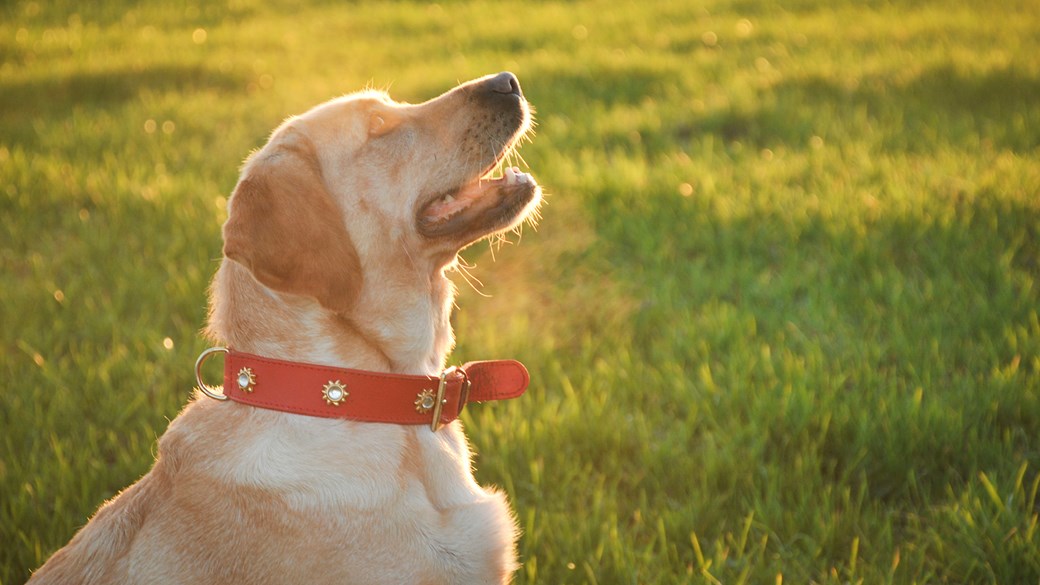
Looking After Your Dog's Eyes
Always look out for eye problems, especially in older dogs
A healthy dog’s eyes should be clear, bright and free from dirt, discharge and inflammation (redness). The whites of the eye should be white, not red or yellow.
Common signs that your dog may have an eye problem include:
- Red inner eyelids
- Matter stuck on the surface or in the corners of the eye
- Cloudiness within the eyeball
- A dull eye surface
- The third eyelid coming across the eye which looks like a pink curtain or fold of membrane
- Excessive tearing or unusual discharges
- Tear-stained fur around the eyes
Eye tests used to diagnose eye problems in dogs include:
- Fluorescein stain test to identify the presence of corneal ulcers or defects in the surface of the eye
- Schirmer Tear Test to measure the level of tear production
- Eye pressure measurement to detect glaucoma
- Ophthalmoscopy to look at the internal structures of the eye
More about glaucoma and your dog
Conjunctivitis is an inflammation of the membrane that covers the inner lining of the eyelids. This inflammation may extend to involve the white of the eye as well. Conjunctivitis may be caused by allergies or by bacterial, fungal or viral infections.
Keratoconjunctivitis Sicca (‘Dry eye’) occurs when the tear glands do not produce enough tears. This results in recurrent or chronic conjunctivitis - persistently sore eyes - and if left untreated, will lead to blindness. The sooner your dog is treated the better the prognosis so make sure to see a vet sooner rather than later. Certain breeds, such as West Highland White Terriers, Cavalier King Charles and Cocker Spaniels, seem to be more prone to this problem, though any dog may be affected.
Corneal Ulceration can occur when the shiny surface of the eye, or cornea, is scratched or damaged leading to defects which are not always visible to the naked eye. Ulceration can be dangerous as it could lead to complete perforation of the surface of the eye and blindness, therefore it is always important to get your dog to a vet if they have sore eyes.
Epiphora occurs if your dog’s eyes constantly “weep”, due to an increased tear production or when the normal tear flow through the tear duct is blocked. The fur around the eyes become “stained” especially in white dogs, due to the constant wetting effect which is the sign that owners notice more often as a consequence of the problem.
Cataracts, which make the lens inside the eye white and opaque, can sometimes be seen in elderly dogs and can also occur as a consequence of diabetes. A thorough evaluation by your veterinary surgeon is necessary as surgery is the only treatment. A condition commonly confused with cataracts is Nuclear Sclerosis, which is a normal age-related change which results in the lens becoming cloudy and blue.
Glaucoma is an increased level of pressure inside the eye, as a result of a decrease in the amount of fluid draining from it. Unless treated promptly this increased pressure can damage the sensitive retina inside the eye, which results in blindness.
